I received my first personal camera in 2011 while I was at journalism school, as a gift from my parents. A DSLR, it was intended to progress my studies at school, a camera to snap print-quality photos for use in the school paper, magazine and maybe the future. It served its purpose then, and also as the go-to party evidence gatherer. Now nine years later, I’m still using the same Canon EOS Rebel T1i regularly. It’s not my only camera, but it is my daily driver and it’s seen me as I’ve snapped through my career.
It certainly helped to tell my best stories, and it’s gotten a bit beat up over the years, with peeling around the grip. It even had to be sent to Canon about three years ago to fix an odd electrical issue. I’m glad it got fixed because the fix was far cheaper than a replacement. It’s deserving of its own passport, based on the number of trips it’s been on, and I learned plenty of the basics with this rugged device. Unfortunately, as the demands of the modern journalist shift towards more video work in addition to photography, the Canon may be retired soon, as it’s video capabilities can barely keep up with a potato.
As my need for visual details increased, I found myself matching the camera and its 18-55mm starter lens with an extra 50mm prime lens and polarizing filters as well. It’s captured plenty of cars, landscapes, wildlife, friends, family and more. This old camera doesn’t have a shutter count or an odometer, but if it does, it would have rolled over once over by now. It’s so old and used that its internal battery is completely dead, meaning every time I remove the main battery to charge it, the camera needs me to reset the time. It punishes me when I’m lazy by timestamping my photos as taken on midnight, January 1, 2009.
However, while it was my first camera, it was a weird Soviet camera from the 1960s that got me interested in photography as a hobby. Called the Kiev-10, this bizarre camera was found by my mom while she was going through her father’s old things. Before this, I’ve never shot on a film SLR, but one click had me hooked. Well… the first shots made no sense. The shutter never closed properly until I realized that only three of the shutter speeds worked. Following that, I ended up shooting more on film, which taught me how to become a better photographer.
The Kiev-10 is a weird camera with a battery-free light meter, an automatic exposure function and a metallic fan-shaped shutter. It’s surprisingly innovative, and also a little finicky, perhaps the opposite of other Soviet-designed items of the time, which work forever due to their simplicity. I’ve seen a few of these on eBay and fewer on Flickr, probably due to the sometimes frustrating experience of shooting with them. I’ll have another post detailing everything about this camera because it’s pretty fascinating. There’s also a sentimental factor, as I didn’t really know my grandfather or his life, having to put it together through photos (likely taken with this camera) and by constantly asking my parents about him.
When I wanted a more reliable film camera, I found a Canon FTb QL on eBay and a teleconverter. It was relatively affordable, and easier to use than the Kiev, although the light meter is hard to get right, as it’s impossible to find a replacement 1.3V mercury battery. As a result, the camera overestimates the light, and I end up having to double-check every setting with a smart-phone app, or else my photos look like they were taken by a bleary-eyed youngster going through their first hangover.
Shooting on film with these old cameras requires patience for a beautiful shot, yet instinct and quick reactions for an action shot. It’s a hard skill to learn, but I enjoy the challenge. In the years following since I began shooting on film, I’ve really taken to photography as a hobby, and it’s been fulfilling. My house is loaded with framed photos, and I intend to keep shooting. There’s something to be said about a film photo which was taken just once, imperfections and all instead of a digital photo which was taken several times, then edited endlessly before becoming a ‘perfect’ shot.
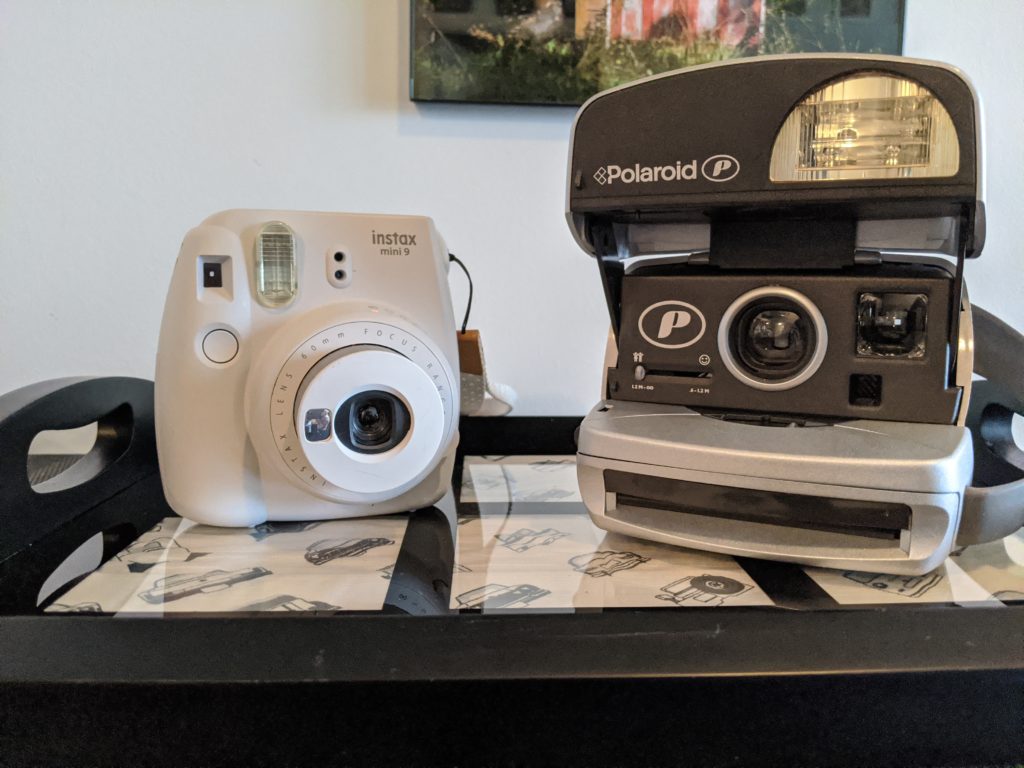
I’ve also been gifted with a pair of instant cameras, a Fujifilm Instax Mini, and (what I think is) an old Polaroid Express 600. There are so few settings to adjust with an instant camera, which means some shots are hits, while others are total misses. The novelty is nice, though not always worth the cost of instant film, especially the Polaroid Originals film, which comes in packs of eight, and cost between $20 and $40.
But back to digital photography. In the past year, I’ve been shooting on another camera, a Nikon D3300, which is my wife’s and is half the age of my Canon. I can’t definitively say that the photos are better with this newer camera, but the added capability of HD video and a mic-input, make the Nikon more appealing as a multimedia journalist. One downside is that we haven’t bought additional lenses for the Nikon, and all of the controls are opposite of what I’m used to with my Canon. Sometimes I feel like I’m fighting myself to get my photo right! I am glad that it uses the same SD Card format as my Canon, which means I can swap cards easily.
When the times call for a quick shot, and all I have is my phone, my Google Pixel 3 fills in quite nicely. It’s been said that this phone has one of the best cameras of its time, and I won’t disagree with that, though I do prefer the more granular manual settings of my old LG G4. The best part of this camera is the automatic upload to Google Photos, so I (and the folks at Google) have a pretty robust record of all my snaps.
I also have a few small video cameras, mainly a GoPro, a strange 360-degree camera and a new video drone, which I’m trying to learn how to fly. Sharing my experiences with those cameras will have to wait for another day.
Being a good journalist requires you to detail experiences in whatever way possible. While I’m primarily a print and broadcast journalist, I’ve found a lot of joy in taking photographs as well. I hope to make this next jump to shooting video as well, which will hopefully not take as long to develop the same skillset.

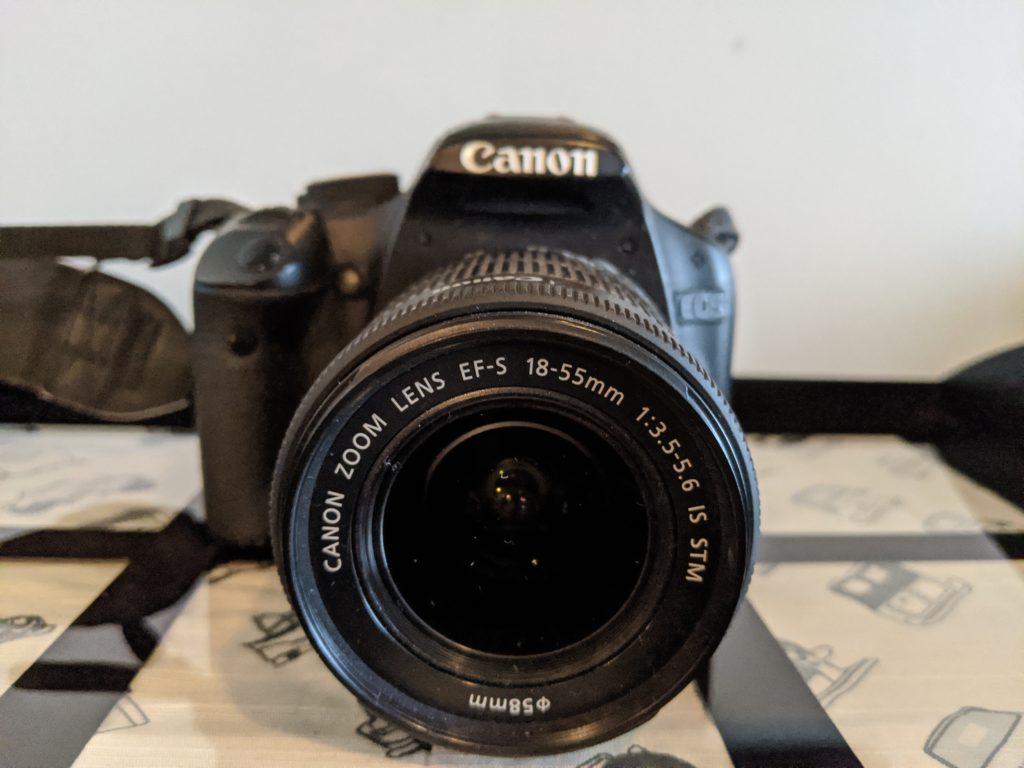

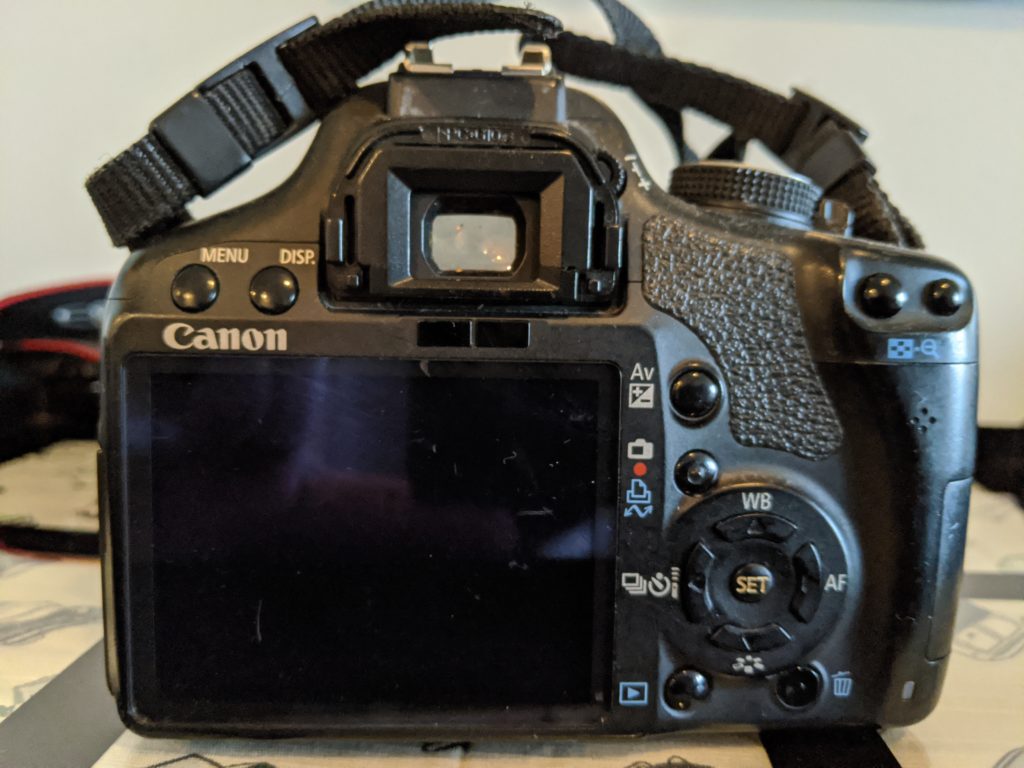








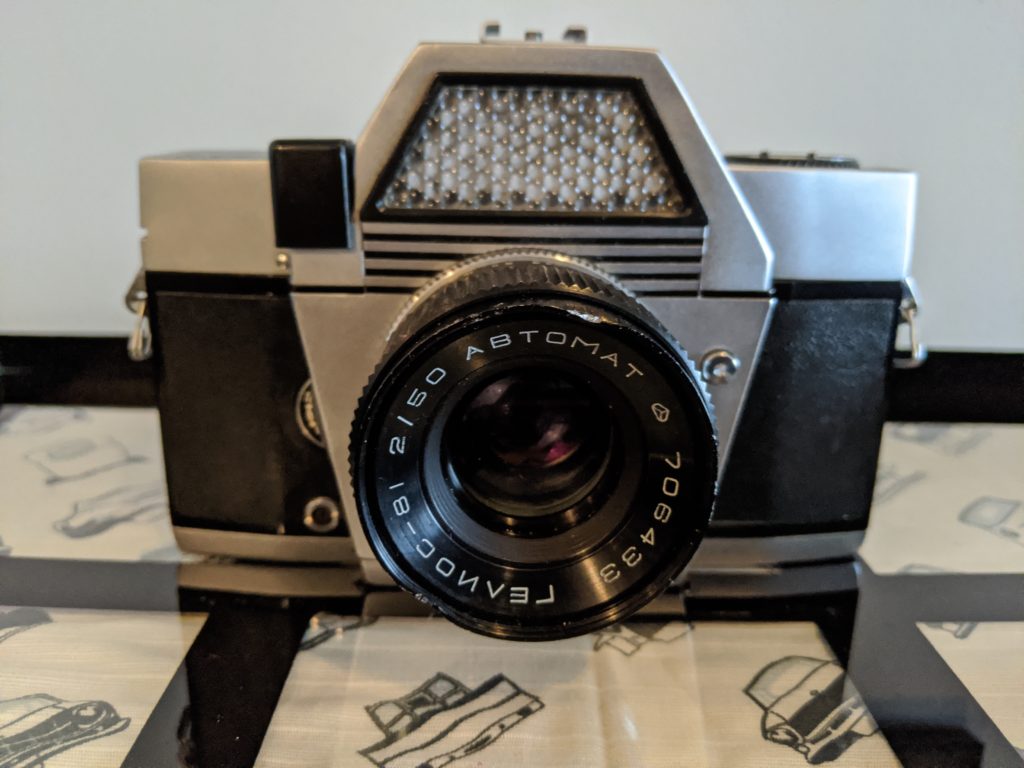



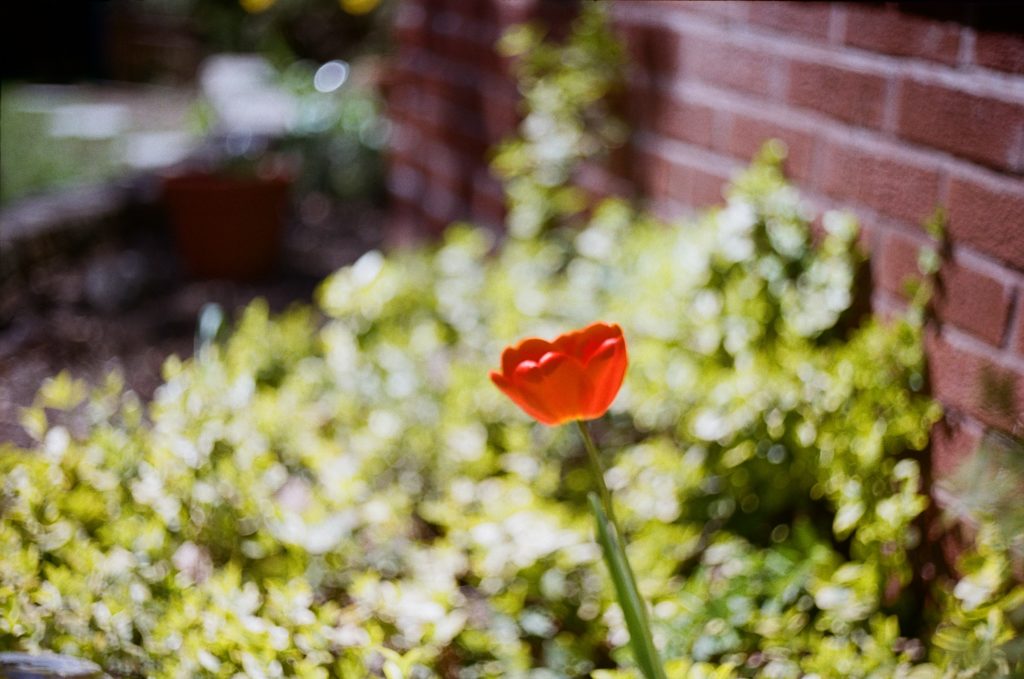
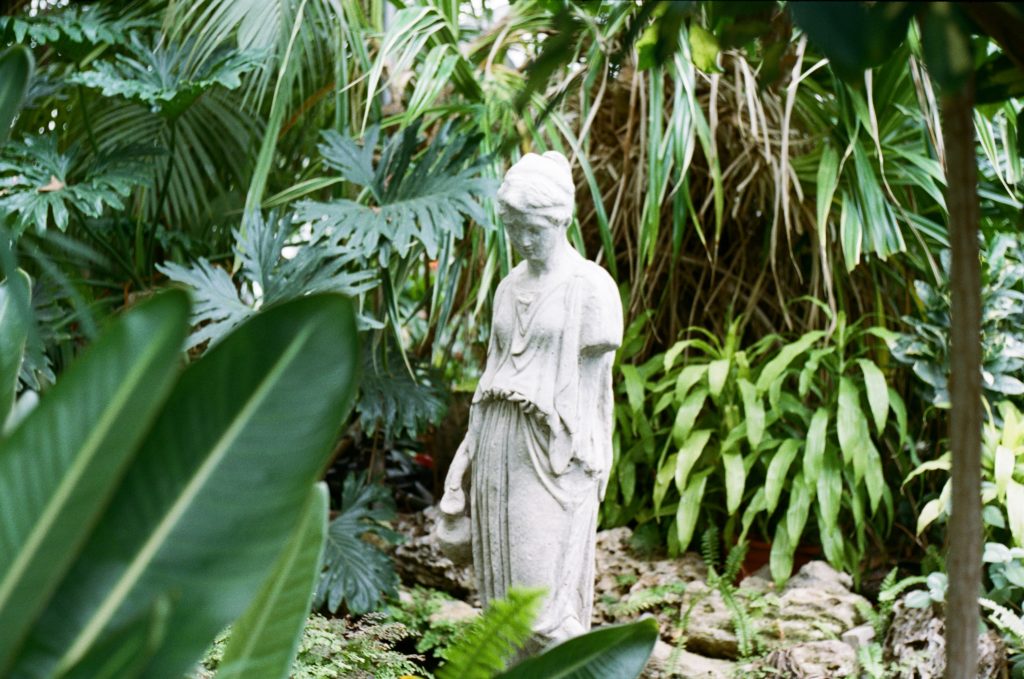



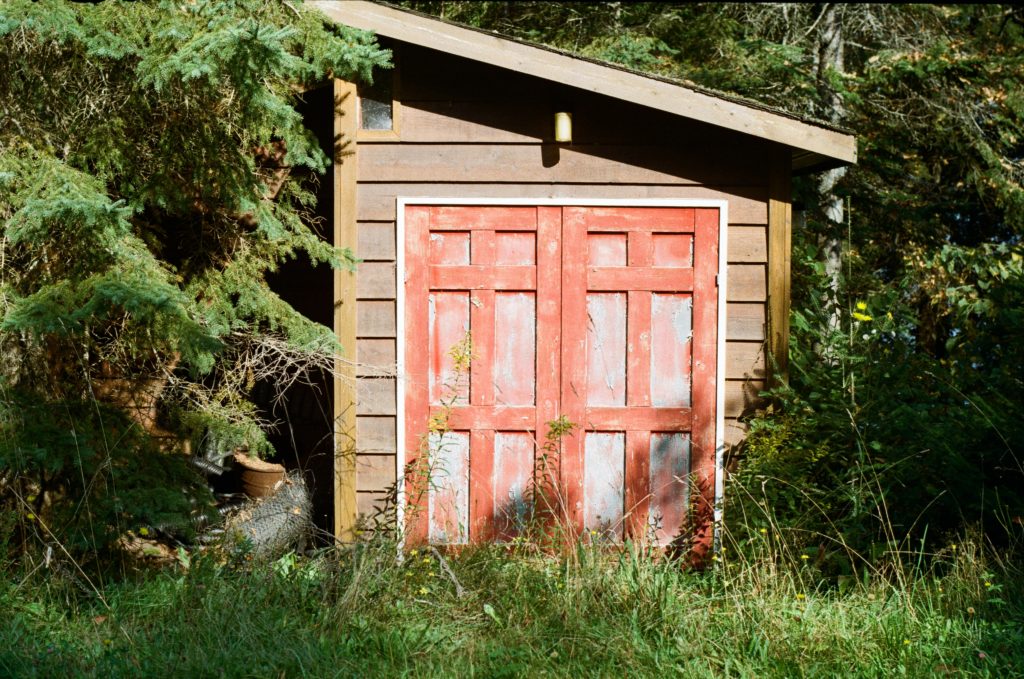



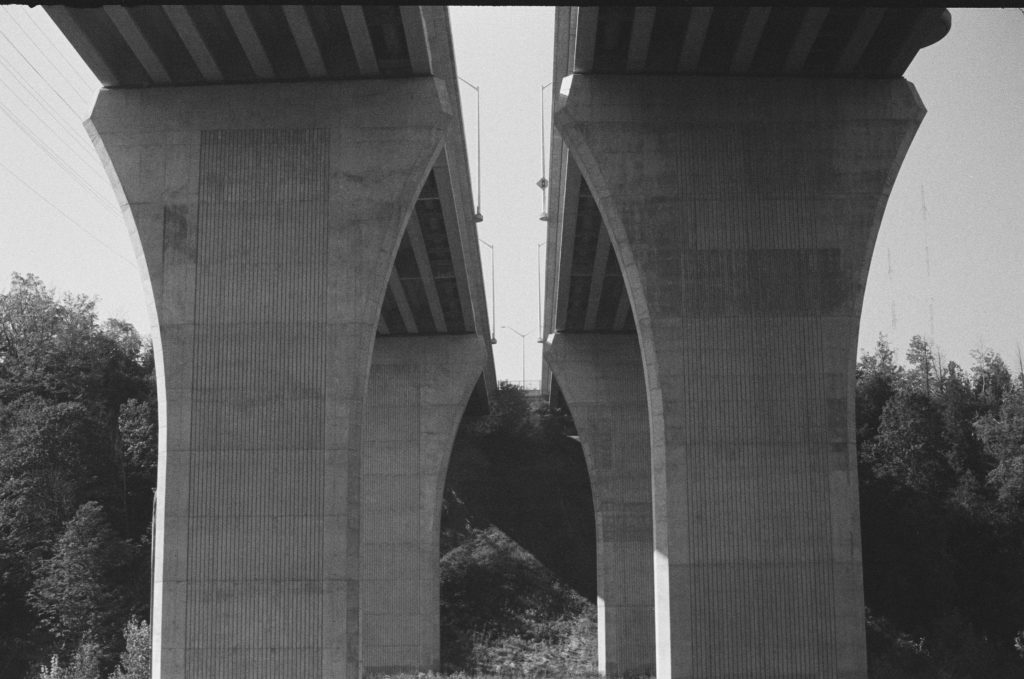
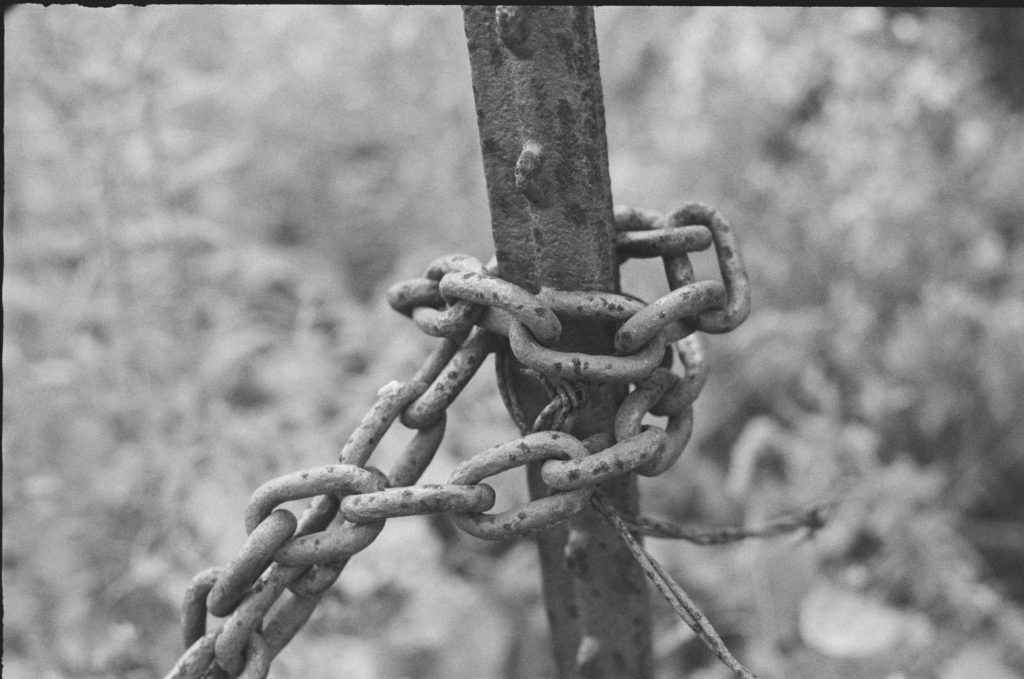




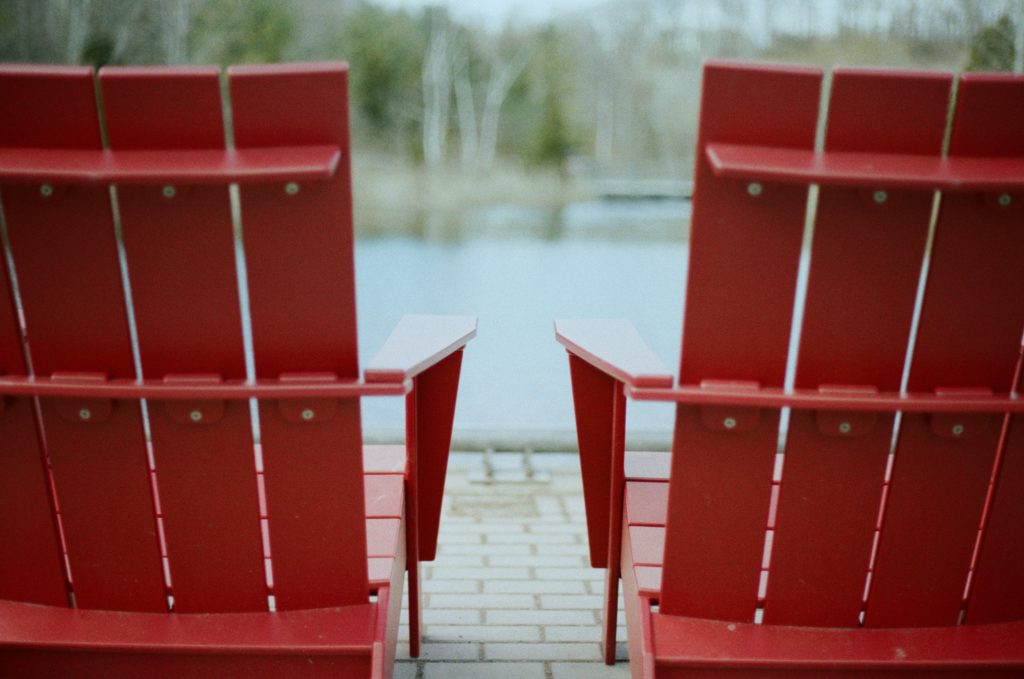
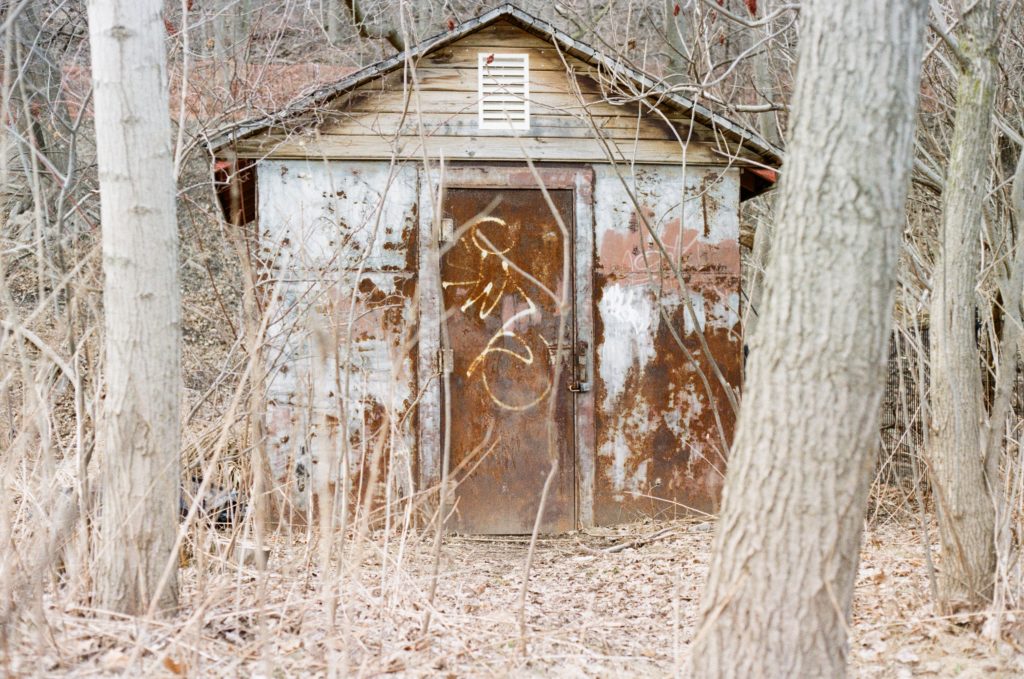


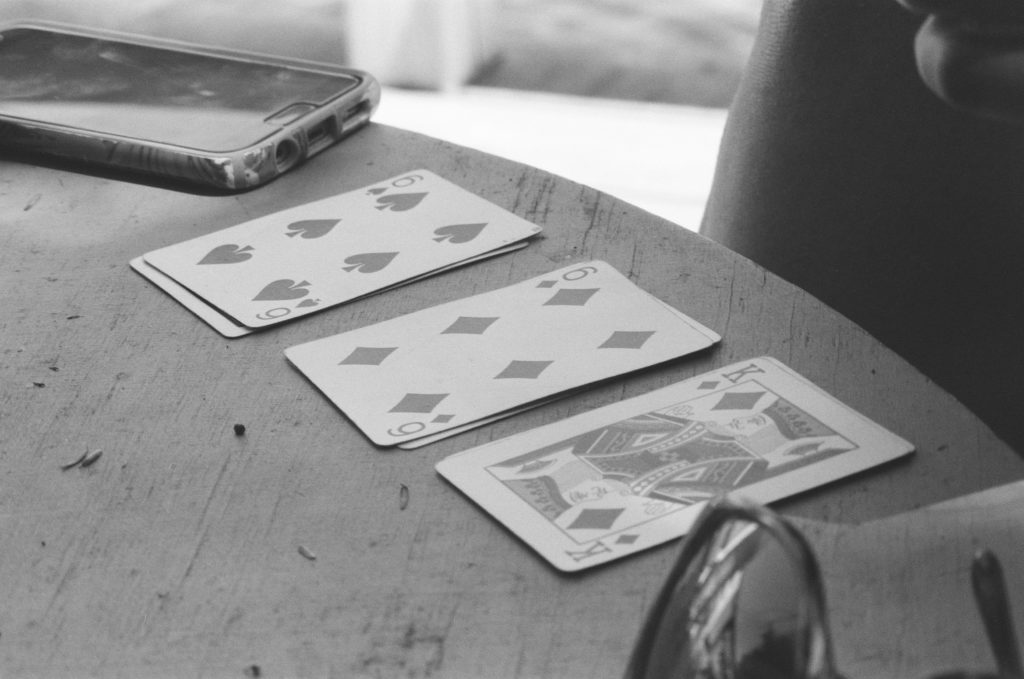

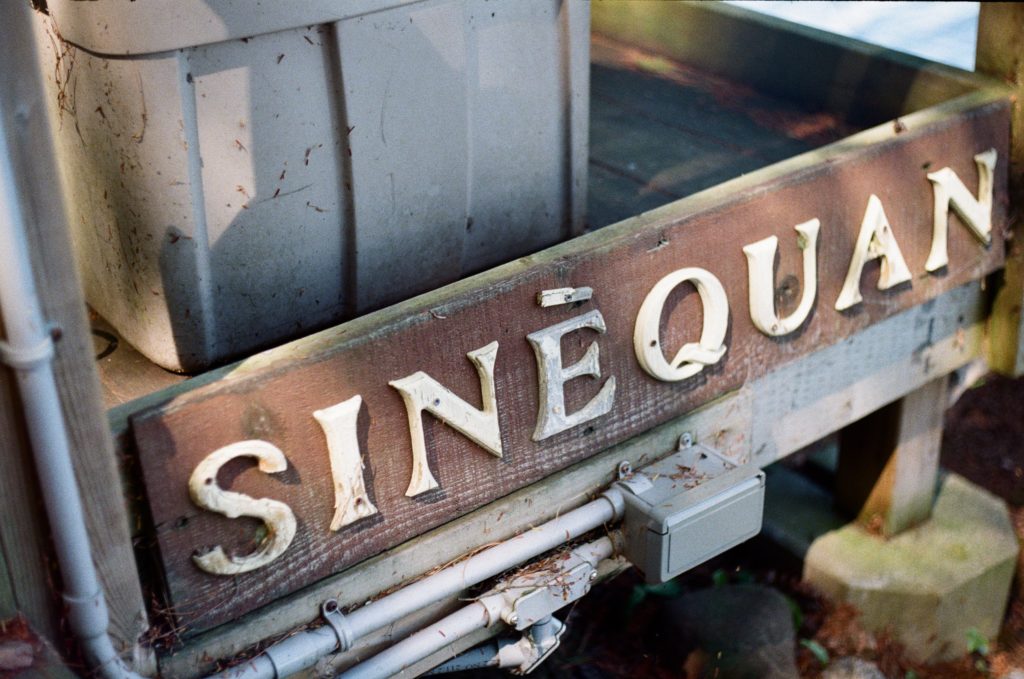








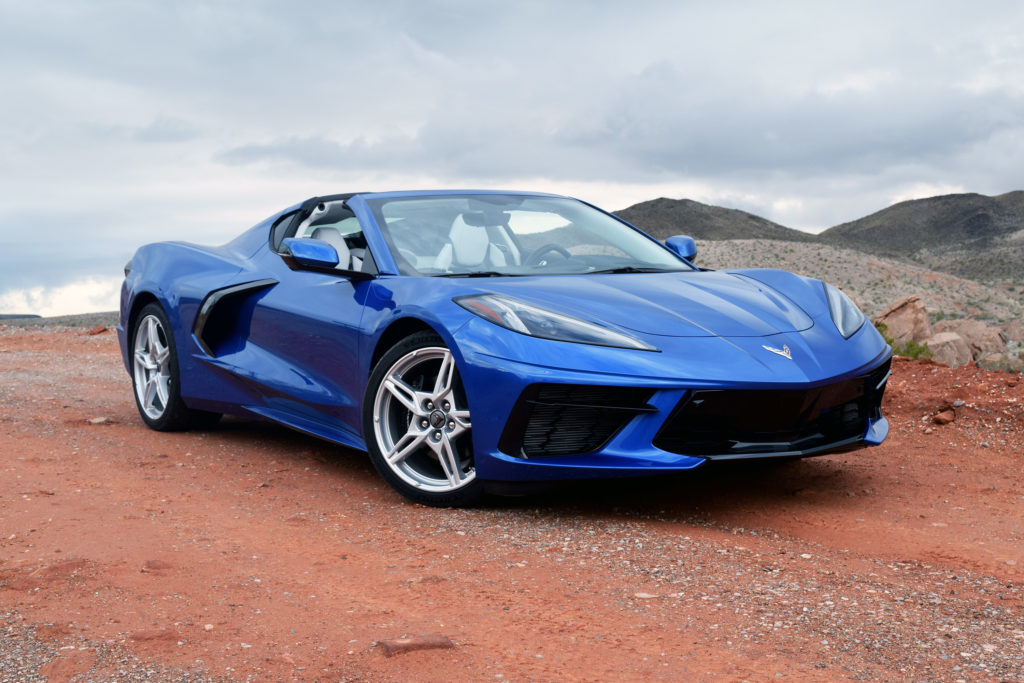
Interesting! I can’t wait to hear more about that soviet camera.